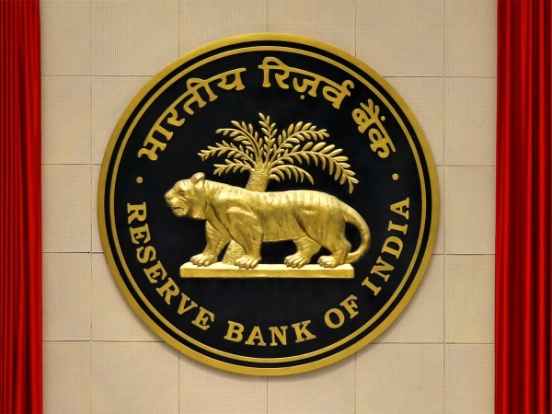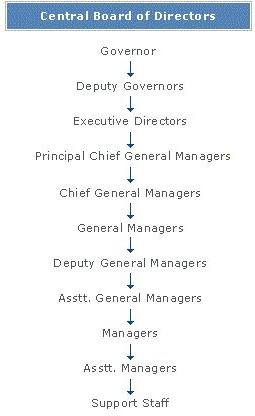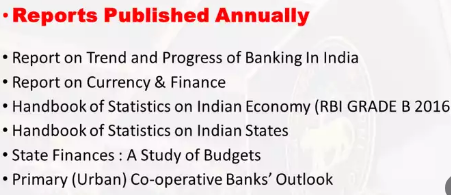Free Courses Sale ends Soon, Get It Now


Free Courses Sale ends Soon, Get It Now



Disclaimer: Copyright infringement not intended.
Context
About RBI

Legal Framework of RBI
The Reserve Bank of India comes under the following laws:
Main Functions
Monetary Authority
Regulator and supervisor of the financial system
Manager of Foreign Exchange
Issuer of currency
Developmental role
Regulator and Supervisor of Payment and Settlement Systems
Related Functions
Offices
Reports published by RBI

https://epaper.thehindu.com/Home/ShareArticle?OrgId=GU79S12IC.1&imageview=0
© 2024 iasgyan. All right reserved